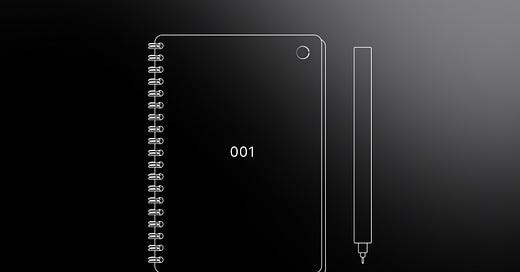I remember it vividly—a golden San Francisco afternoon in 2015. As I prepared for my move to Seattle in pursuit of a better life, I stood in my old Victorian rental studio, bathed in the warm glow of sunlight streaming through the bay windows. Before me was an enormous closet, overflowing with belongings—so large it could have easily passed for a one-bedroom apartment in New York City. In that moment, surrounded by racks of beautiful clothing, shelves of shoes, stacks of books, and an array of carefully curated gadgets, I felt a deep sense of pride. These possessions weren’t just things; they were an extension of me—how I presented myself to the world, how I measured my success.
But as I began sorting through them, uncovering more behind, above, and below, a strange sensation took hold. My breath grew shallow. The room felt smaller. An unsuccessful attempt to calculate the hours of work traded for these items only tightened the grip around my chest. So many things, worn once or not at all, tags still attached. The weight of my belongings—both physical and psychological—became suffocating.
That was the moment everything shifted. That was the beginning of my journey into minimalism. And if you’re curious, when I finally moved to Seattle, I took less than a third of what I once owned. Along with it, I carried a newfound sense of clarity.
This essay is about how the things we own shape us and how letting go can redefine who we become along the journey. While much of it centers on material possessions, the same perspective extends to relationships as well. And here’s something to know from the start: minimalism isn’t a one-size-fits-all lifestyle. Each person defines it in their own way, and there is no final destination. It’s an ongoing journey—one of intention, discovery, and continuous evolution. In one word, of becoming.


